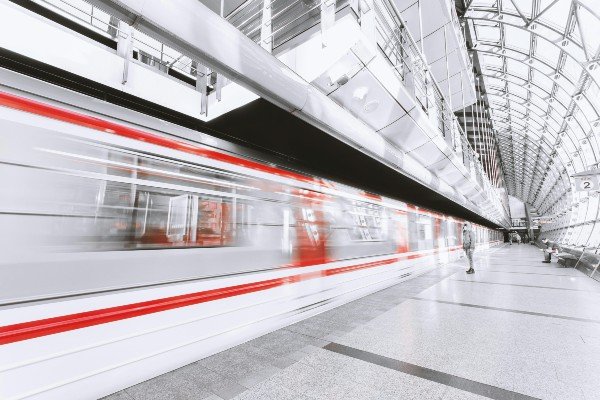Examples of how biomimicry has changed our world
“Survival of the fittest”, a phrase commonly used in evolutionary biology, refers to the principle that those best adjusted to their environment are the most successful in surviving and reproducing. All species pass on their advantageous traits to future generations, and over time, evolution culls the optimal design for organisms, which is true at both the microscopic and macroscopic levels.
Special features of an organism exist because they allow for efficient use of and competition for energy and other resources. Biologists and designers continue to study these optimal designs and their applicability in product innovation, resulting in a new branch of engineering design. Biomimicry, or biomimetics, involves emulating natural processes to solve human challenges.
The relevance of biomimicry has grown in recent decades as humanity faces increasingly complex challenges such as climate change, resource scarcity and environmental degradation. Capitalising on this pathway to sustainable innovation has led to breakthroughs in various fields, including engineering, architecture, medicine, and energy.
Biomimicry can be applied at various levels. Form-based biomimicry focuses on the design and functionality of the physical structures and shapes found in nature. Process-based biomimicry emulates the natural cycles and behaviors of organisms and systems. Ecosystem-based biomimicry emulates the interactions and relationships within complex organism interactions.
The following examples illustrate how biomimicry has already changed our world and highlight nature-inspired design power, demonstrating its potential to transform industries and rethink the world’s future.
The bullet train and the kingfisher
One of the most famous examples of form-based biomimicry is the design of Japan’s Shinkansen Bullet Train. Initially, the train faced a significant problem: as it exited tunnels at high speeds, it created a loud sonic boom due to air pressure differences that not only disturbed nearby residents but also violated environmental noise regulations.
The solution came from an unlikely source: the kingfisher bird. The kingfisher dives into water at high speeds with minimal splash, thanks to its uniquely shaped beak. Eiji Nakatsu, an engineer and birdwatcher, redesigned the bullet train’s nose to mimic the kingfisher’s beak. This modification reduced the sonic boom, increased energy efficiency by 15%, and allowed the train to travel 10% faster.
Silkworms and passive cooling
The silk produced by silkworms has inspired innovations in passive cooling technologies. Silkworm cocoons maintain a stable internal environment, protecting the pupae from temperature fluctuations. This ability is due to the silk’s natural structure, which provides excellent insulation.
Researchers have replicated this concept to develop advanced passive cooling materials. By mimicking the structure of silkworm silk, scientists have created materials that can insulate buildings effectively, reducing the need for energy-intensive air conditioning. These materials are designed to regulate temperature naturally, similar to how silkworm cocoons protect pupae. This innovation not only enhances energy efficiency but also provides a sustainable solution for cooling buildings, significantly reducing carbon emissions and energy costs.
Example #3: Circular economy and fungal degradation
The concept of circular economy is inspired by the natural cycles of ecosystems, where waste is continuously recycled and repurposed. In a forest, fungi and other decomposers break down dead organic matter, returning nutrients to the soil and supporting new growth. Applying this principle, the circular economy aims to minimize waste and make the most of resources. Products are designed for durability, reuse, and recycling, mirroring the efficiency of natural ecosystems.
Biomimicry offers a pathway to sustainable innovation by drawing inspiration from nature’s time-tested strategies at various levels: forms, processes, and ecosystems. From improving transportation and healthcare to enhancing energy efficiency, sustainable cooling, and architectural design, biomimicry provides solutions that are both ingenious and environmentally friendly. As we continue to face complex global challenges, biomimicry principles can guide us toward a better future where humans better understand and are able to harness the power of nature.


